Canon EOS R100 vs Nikon Z30
Our Canon EOS R100 vs Nikon Z30 comparison pitches the two cheapest mirrorless cameras against each other
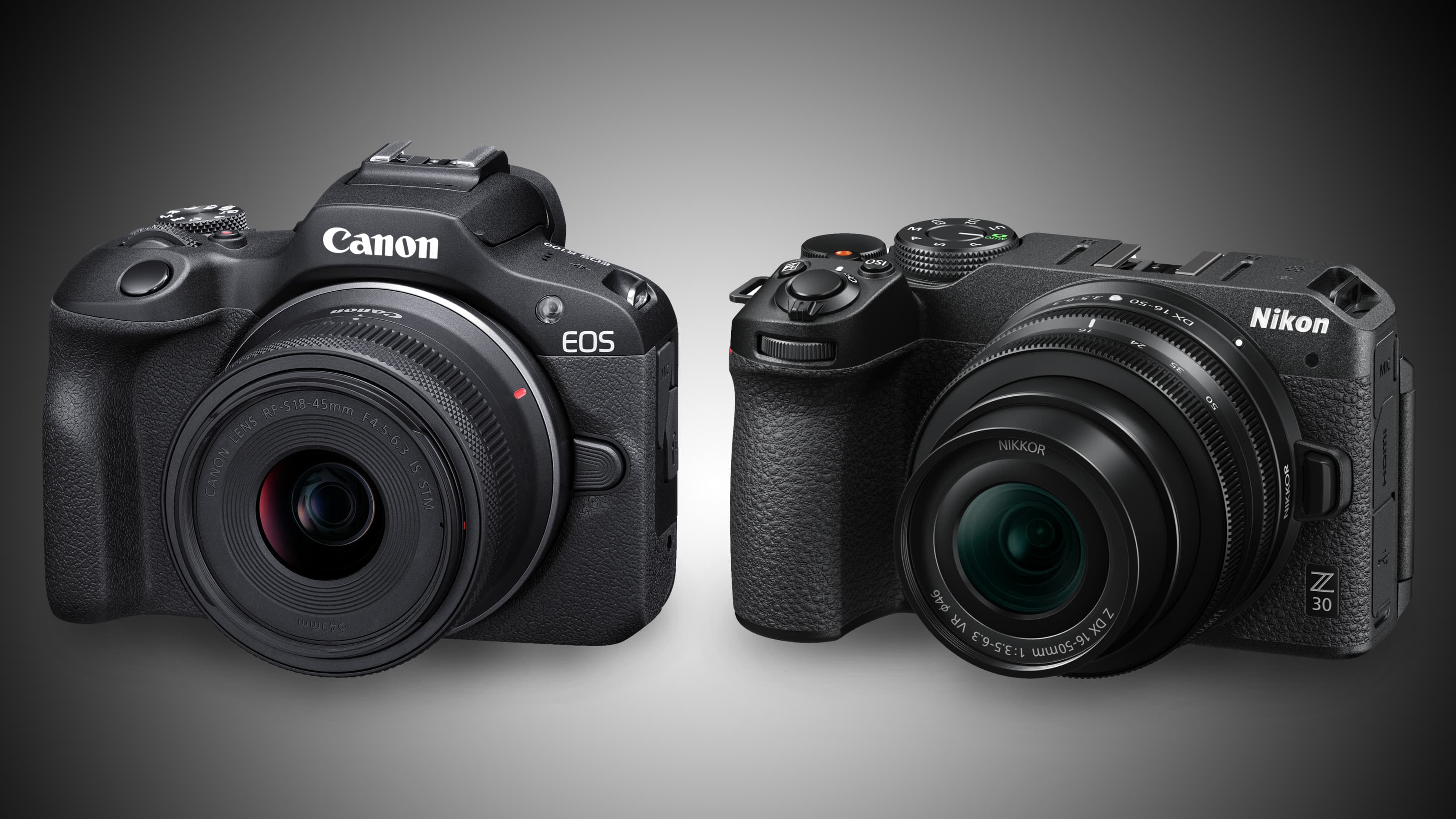
The Canon EOS R100 is the newest and cheapest addition to Canon’s APS-C mirrorless camera range. It’s designed to be an ideal entry-level camera for both photographers and vloggers, but that’s exactly the market Nikon is aiming at with the Z30.
The Canon EOS R100 and Nikon Z30 have a lot in common. They have a similar price point, can be bought with compact kit lenses for easy packing and travel, and use lens mounts they share in common with full-frame mirrorless cameras further up the range.
They also share a similar limitation – for now, at least. Both Canon and Nikon have put most of their efforts into their full-frame camera ranges, and don’t yet make very many lenses for this smaller APS-C format. This will hopefully change in the future, but for now these entry-level mirrorless cameras do share this limitation.
The digital camera market has changed. The best cameras for beginners are now more expensive than they used to be, as older, discounted models gradually disappear, so even though the EOS R100 and Z30 are hardly cheap, they are still well below the prices of the best mirrorless cameras right now. To be honest, it's a bit of a relief to see cheaper cameras again.
Technically, they are fairly basic, and they would only make it on to our list of the best Canon cameras and best Nikon cameras because of the value they offer. Nevertheless, both are great choices for new photographers or anyone looking for the best travel cameras to take on a trip.
Canon EOS R100 vs Nikon Z30 in 2025
Why you can trust Digital Camera World
1. Sensor
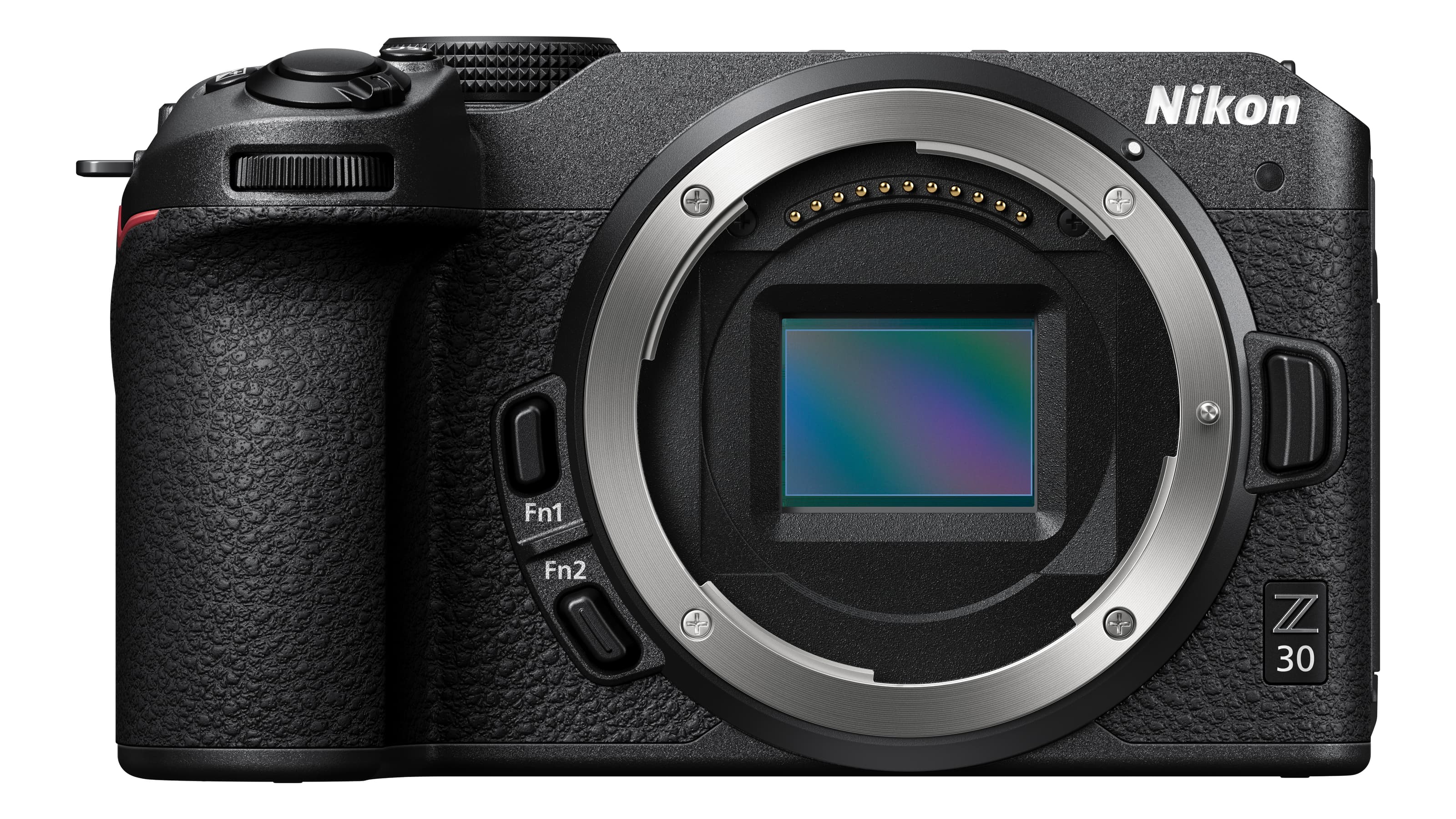
• Canon EOS R100: 24.1MP APS-C
• Nikon Z30: 20.9MP APS-C
Both cameras have APS-C sensors, but different resolution figures. The EOS R100 has a 24-megapixel sensor which seems to have become a kind of standard baseline resolution for beginner/general-purpose cameras, while Nikon took the decision a while back to downsize its 24MP sensors to a newer 20MP unit with a better balance of speed and high-ISO performance – there’s evidence for this in the sections below. The Nikon’s lower resolution might bother some people on principle, but in practice there’s little difference in the detail captured.
2. Lens mount
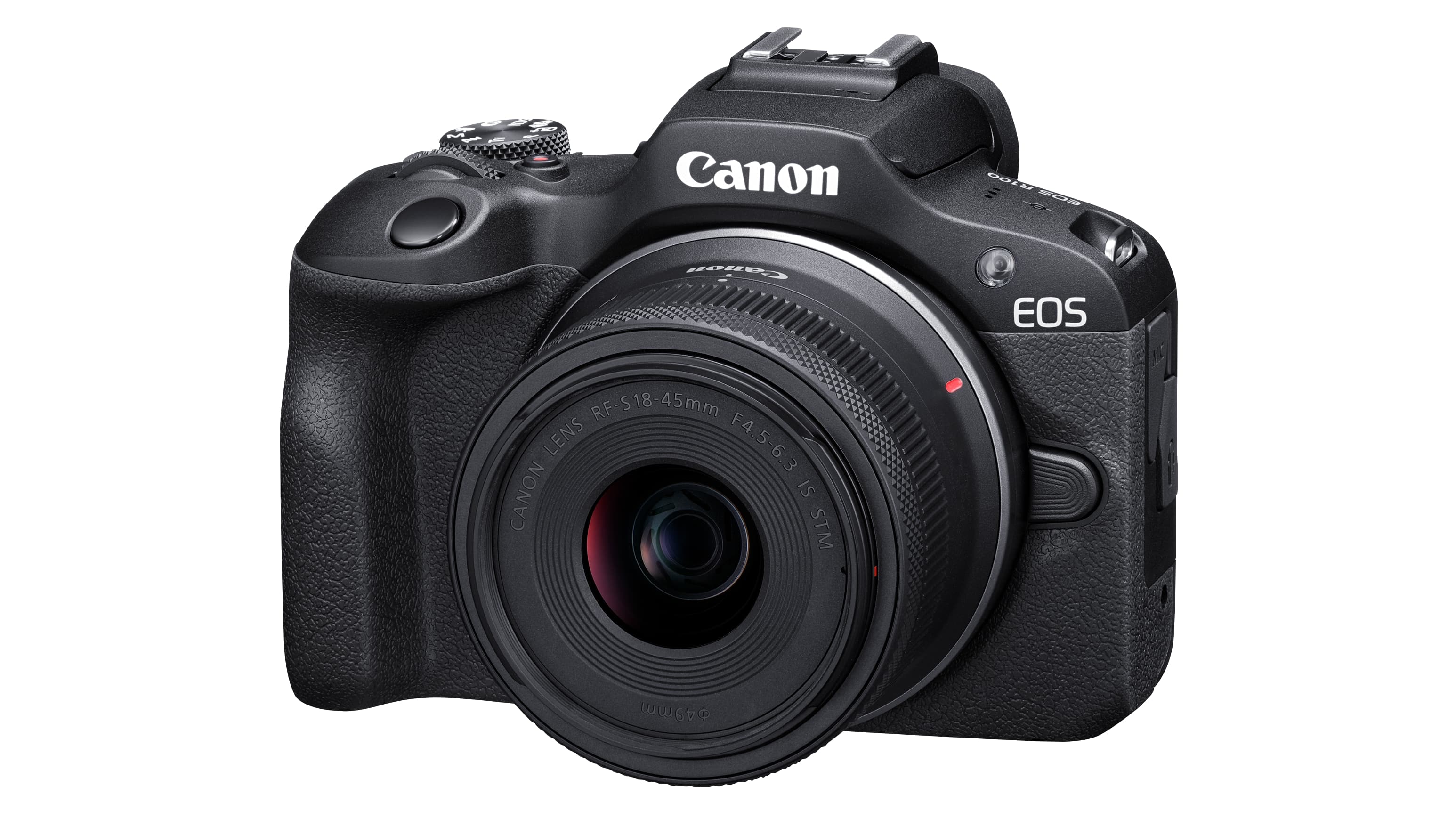
• Canon EOS R100: Canon RF-S
• Nikon Z30: Nikon Z DX
Canon and Nikon have taken the same line with their APS-C mirrorless cameras, using the same lens mount as for their full frame models to ensure seamless compatibility. However, both makers have been slow to produce lenses specifically made for the smaller format. Nikon has its nose ahead, though, with its new 12-28mm wide-angle zoom and a couple of compact full frame prime lenses that suit the size and the price of the Z30 pretty well. At the time of writing, the Nikon Z30 is the better camera for lens choice.
• Best Canon RF lenses • Best Nikon Z lenses
3. ISO range
• Canon EOS R100: 100-12800, exp 100-25600
• Nikon Z30: 100-51200, exp 100-204,800
This is where the Nikon Z30 sensor’s slightly lower resolution offers some payback, with a native ISO range two stops higher than the Canon’s. Just because the maximum sensitivity is higher doesn’t guarantee on its own that the low light image quality is better, of course, but the EOS R100 does use Canon’s previous-generation sensor technology, so it seems fair to say the Nikon Z30 has an advantage in low light in purely technical terms, if not practical results too.
4. Autofocus
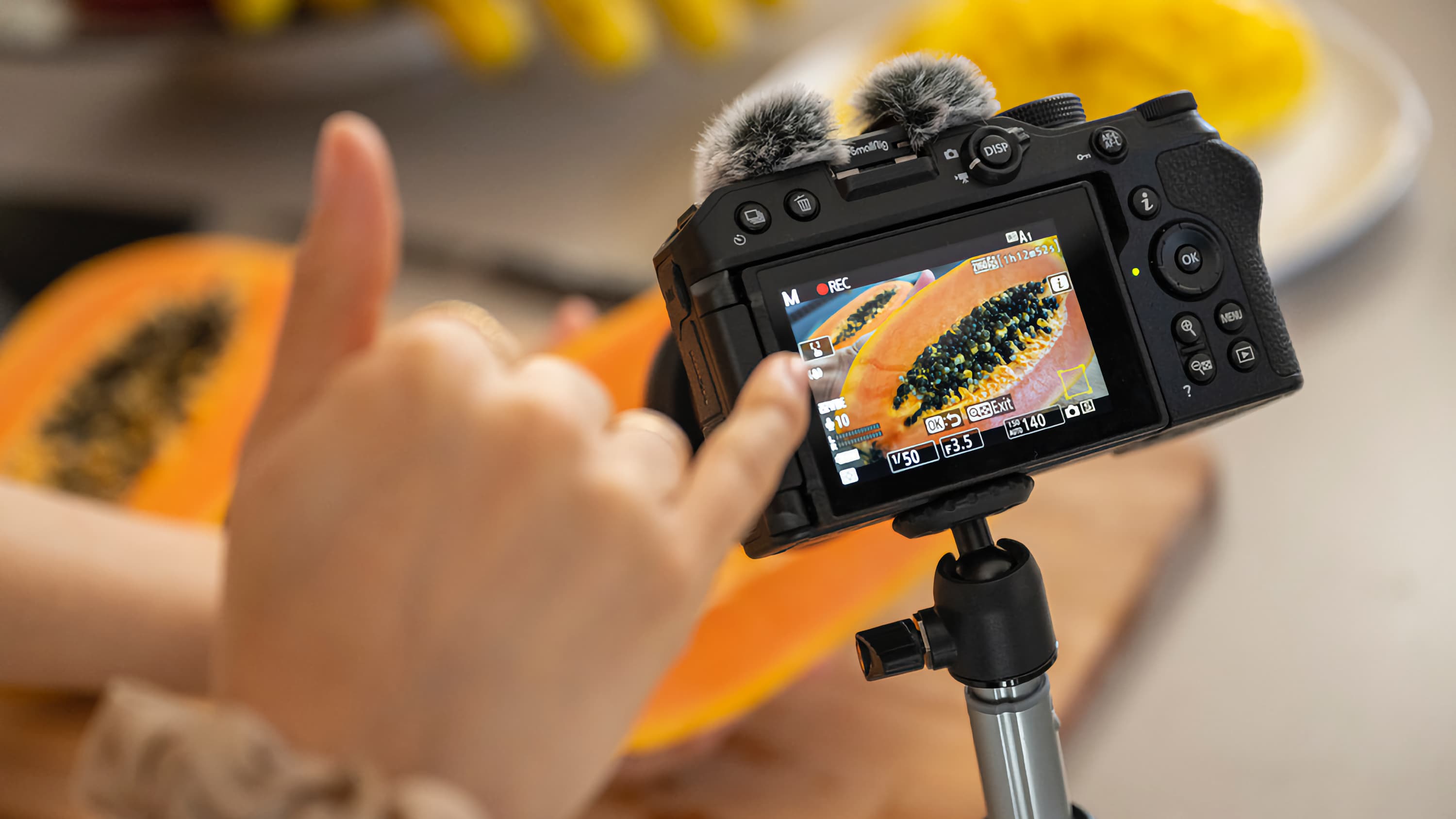
• Canon EOS R100: Dual Pixel CMOS AF, 3975 points, Humans (Eyes/Face/Head/Body)
• Nikon Z30: Hybrid AF, 209 points, Eye- and Animal-Detection AF
Canon’s Dual Pixel CMOS AF has a reputation for accuracy, subject detection and subject tracking but, in order to keep costs down, Canon is not using its latest AF technology in the EOS R100, but the tech used by its previous generation of cameras. It offers more selectable AF points than the Nikon, but that has no real significance on its own, and Nikon is also using latest AF technology in the Z30. We’ll reserve full judgement on how these cameras compare for autofocus until we get to test the EOS R100 more extensively, but we’re not expecting any spectacular differences.
5. Continuous shooting
• Canon EOS R100: 6.5fps, 97 JPEG, 17-C-RAW
• Nikon Z30: 11fps, 100 JPEG, 30 RAW
Do you need a camera for high-speed bursts and action photography? This requires both high frame rates (continuous shooting speeds) and good buffer capacity (how long you can keep shooting before the camera slows down). Neither camera is an action specialist by any means, but the Z30 has a definite advantage with both a much faster burst speed and a better buffer capacity. The Z30 is not by any means a sports/action camera, but it’s better at this than the EOS R100.
6. Video
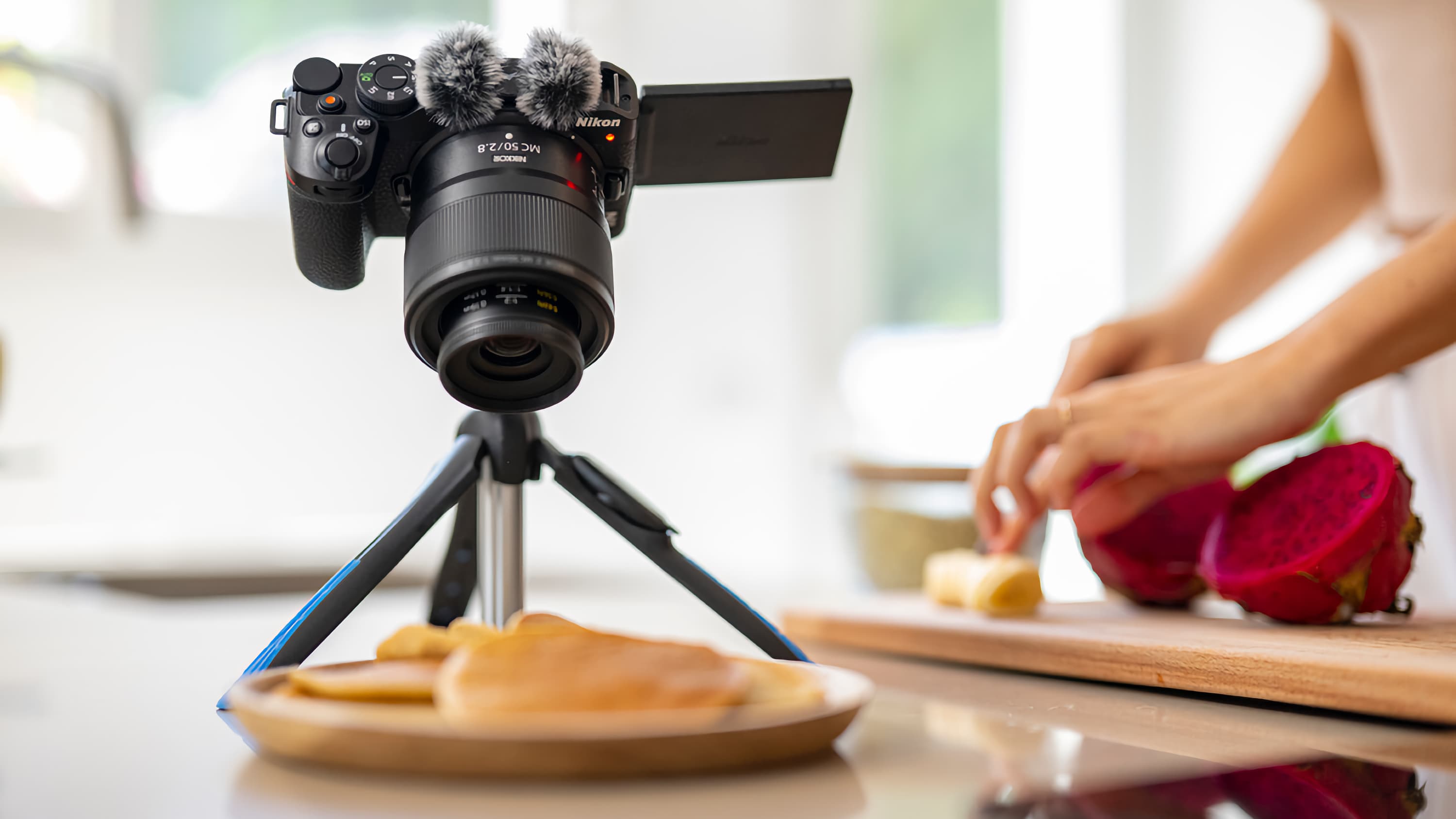
• Canon EOS R100: 4K UHD 25p, FHD 60p, HFR 120p HD
• Nikon Z30: 4K UHD 30p, FHD 120p
The specs don’t tell the whole story here because the EOS R100 has some profound limitations. The first is that it can shoot 4K video, but only with a 1.55x crop which means that the angle of view of your lens will be visibly reduced. The second is that Canon’s very effective Dual Pixel CMOS AF does not work when shooting in 4K – you’ll be left with much slower contrast autofocus. Also, the EOS R100 has a maximum 25fps frame rate for 4K video, rather than the more common 30p frame rate of the Nikon Z30. In short, while the Z30 is hardly a cutting edge video camera in itself, it’s some way ahead of the EOS R100 and better for first-time vloggers.
7. Viewfinder
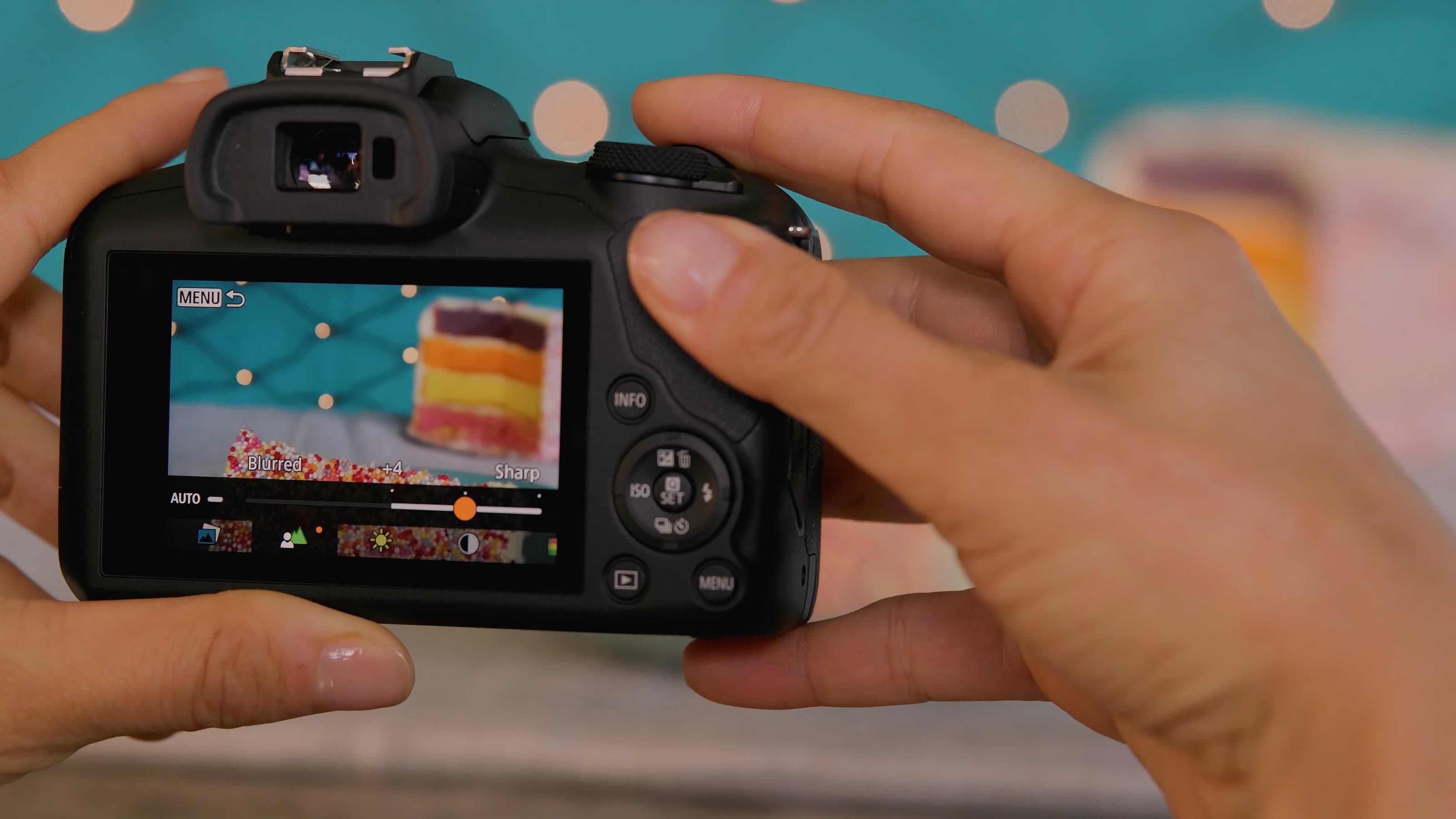
• Canon EOS R100: EVF, 0.39, 2.36m dots
• Nikon Z30: N/A
Here is perhaps the most significant difference. The EOS R100 is styled. like a mini-DSLR with an electronic viewfinder on the top; the Nikon Z30 has no viewfinder at all. This makes the EOS R100 a more attractive proposition for stills photographers at least, though many users upgrading from a smartphone might be quite happy using a screen on the back of the camera, which is where the balance swings the other way.
8. Rear screen
• Canon EOS R100: 3-inch fixed, 1.04m dots
• Nikon Z30: 3-inch vari-angle, 1.04m dots
Round the back, the Nikon Z30 has a vari-angle touchscreen that’s great for video and especially filming yourself. The screen on the back of the Canon EOS R100 is fixed – it doesn’t even have a tilt mechanism. This is where the cost-cutting of the Canon really strikes home. It’s fine as a basic beginner camera in the old style, but the fixed screen really dents its appeal for broader types of content creation.
9. Battery and storage
• Canon EOS R100: LP-E17, 430/340 shots
• Nikon Z30: EN-EL25, 330 shots
The battery life of these two cameras is pretty close and you may not notice any significant difference in day to day use. On paper, though, the EOS R100 should deliver around 100 more shots on a charge if you use the rear screen. If you use its electronic viewfinder instead, they should be about the same. Both cameras have a single SD UHS I compatible card slot, by the way, so no differences here.
10. Size
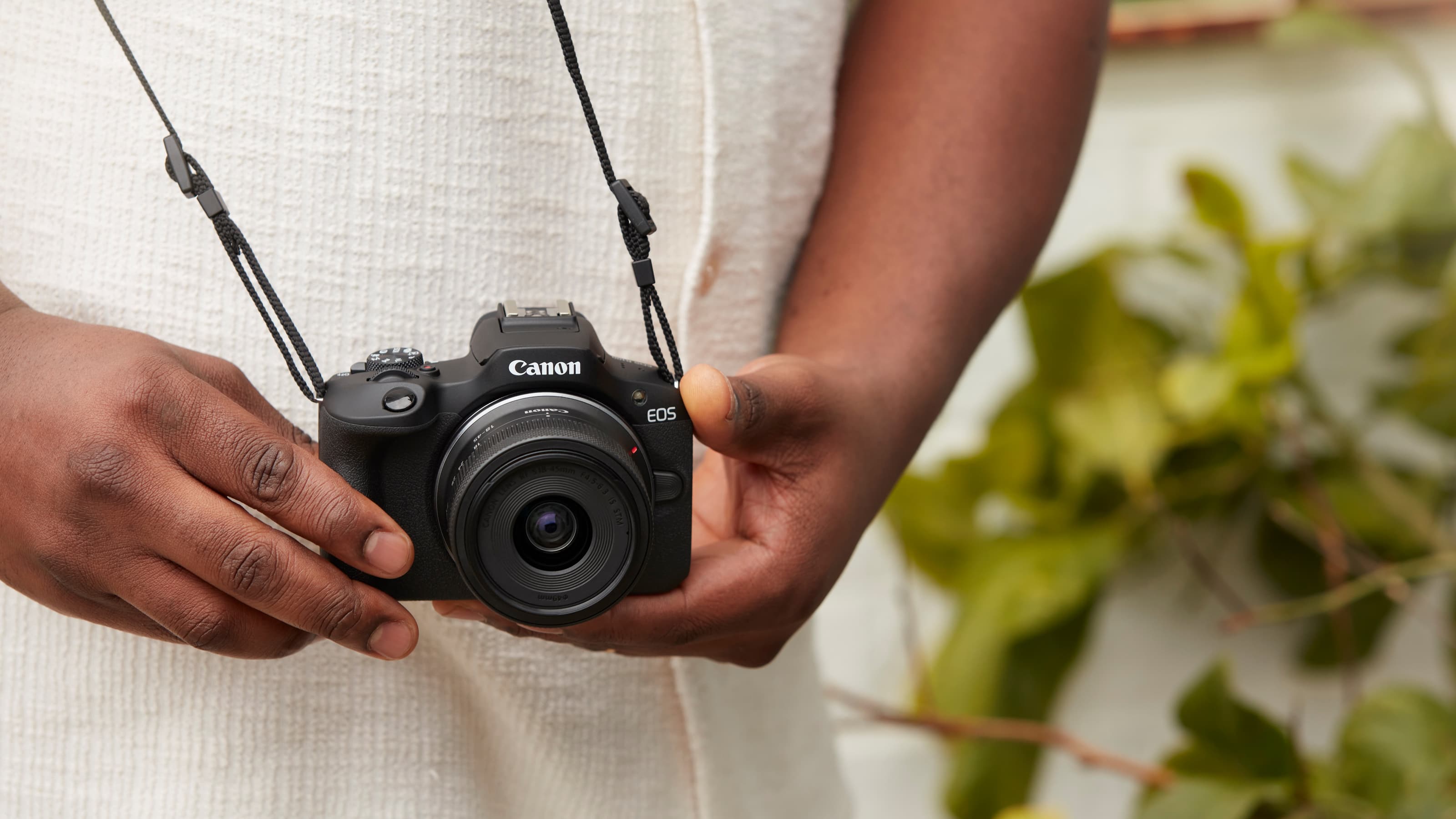
• Canon EOS R100: 116.3 x 88.1 x 58.7mm, 356g
• Nikon Z30: 128 x 73.5 x 59.5 mm, 405g
The EOS R100 and Z30 are pretty close in size and weight but do feel quite different in the hand. The R100 is remarkably small for a DSLR-style mirrorless camera, while the slightly heavier Z30 has a rectangular ‘rangefinder’ shape that might be easier to slip in and out of a pocket. The Nikon Z30, by the way, does feel rather well made for the money.
11. Price
• Canon EOS R100: $599 / £669
• Nikon Z30: $697 / £749
At the time of the Canon EOS R100’s launch it’s already around $100 / £80 cheaper than the Nikon Z30, and that’s with a kit lens included for both cameras. It’s hard to call a real winner in value terms, though, because while the Canon delivers more for your money in some respects, the Z30 is the more modern camera.
Canon EOS R100 vs Nikon Z30: conclusions

Both of these cameras are inexpensive introductions to photography and both of them are good value in their own way. Which is best for you will depend on what kind of photography you want to do.
If your main interest is stills photography and developing your skills with your first ‘proper’ camera, then the EOS R100 is great. It costs less, it has a viewfinder where the Nikon Z30 doesn’t, and covers all the basics.
However, the Canon’s fixed rear screen and 4K video limitations restrict its appeal for budding content creators. Here, the Nikon is more powerful, more modern and better adapted. Also, Nikon has its nose ahead for lens choice right now, which is an important factor whether you’re into stills photography or video.
Get the Digital Camera World Newsletter
The best camera deals, reviews, product advice, and unmissable photography news, direct to your inbox!

Rod is an independent photography journalist and editor, and a long-standing Digital Camera World contributor, having previously worked as DCW's Group Reviews editor. Before that he has been technique editor on N-Photo, Head of Testing for the photography division and Camera Channel editor on TechRadar, as well as contributing to many other publications. He has been writing about photography technique, photo editing and digital cameras since they first appeared, and before that began his career writing about film photography. He has used and reviewed practically every interchangeable lens camera launched in the past 20 years, from entry-level DSLRs to medium format cameras, together with lenses, tripods, gimbals, light meters, camera bags and more. Rod has his own camera gear blog at fotovolo.com but also writes about photo-editing applications and techniques at lifeafterphotoshop.com
